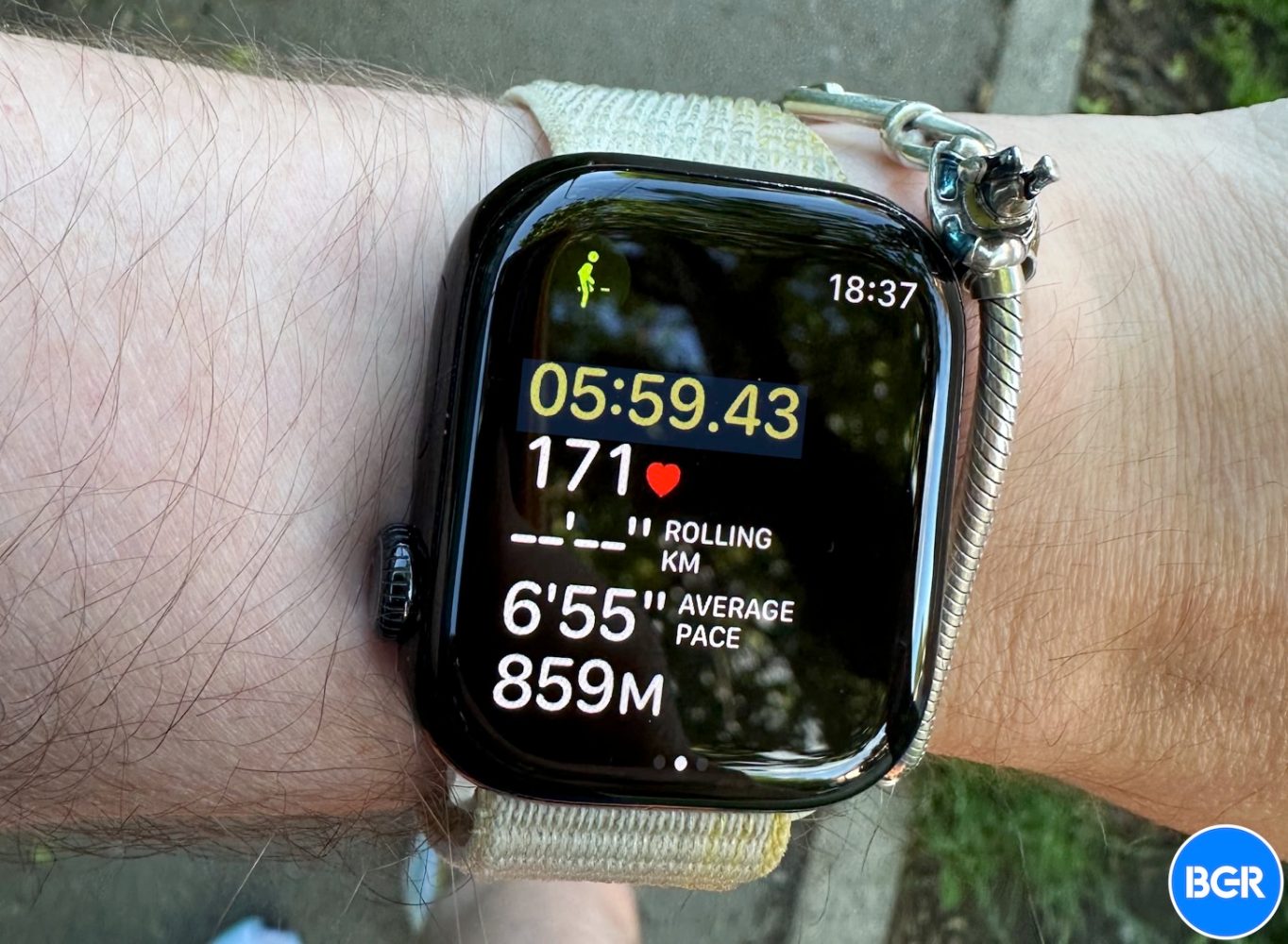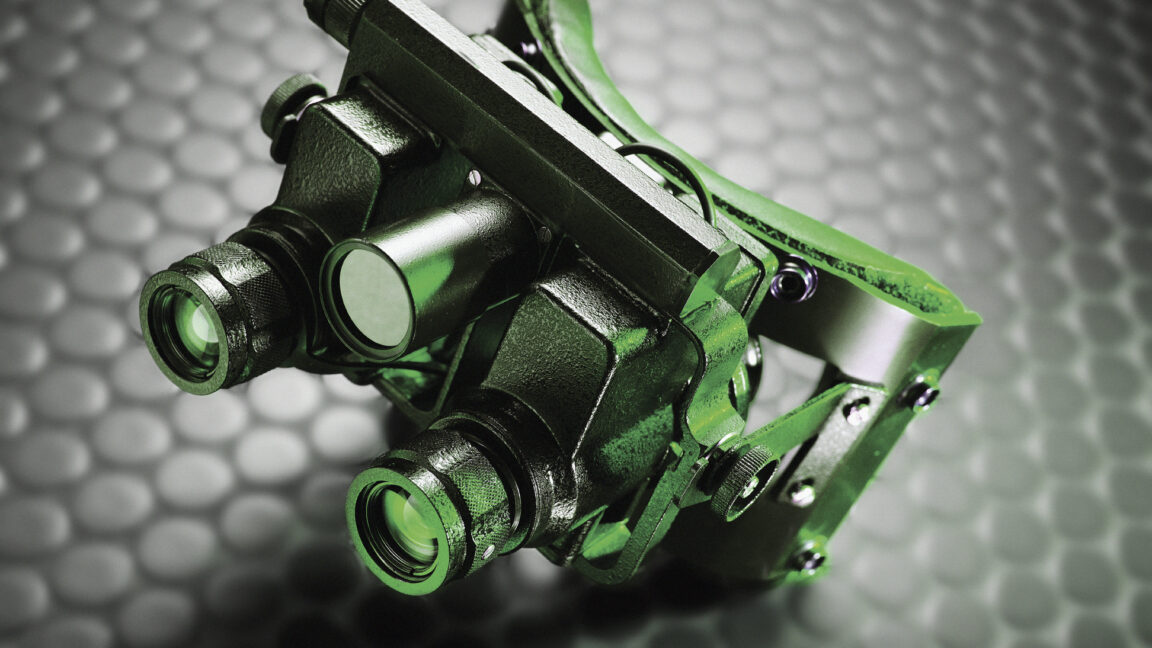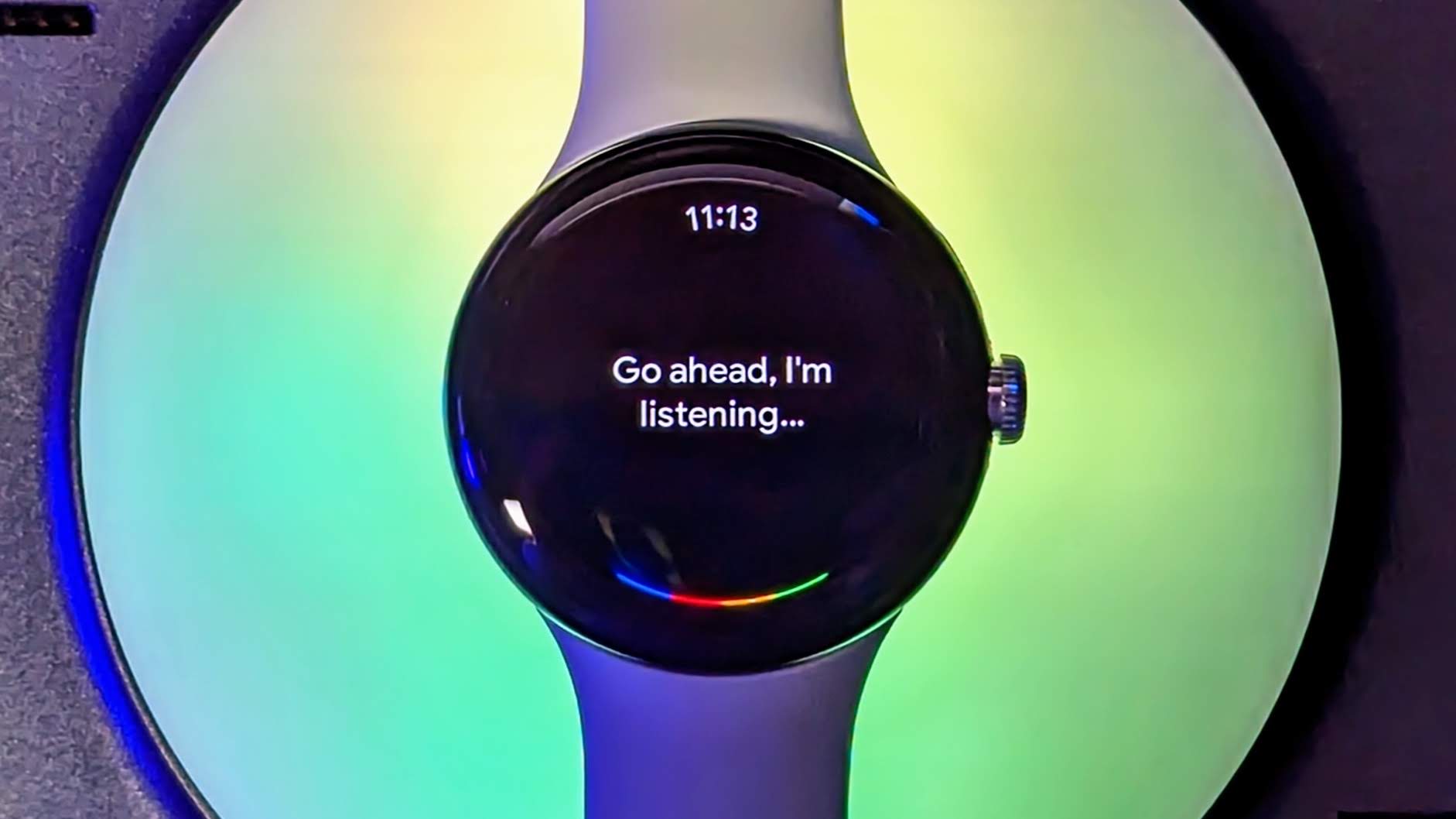Adopting SOAR Solutions – CISO’s Automation Guide
In today’s rapidly evolving threat landscape, Security Orchestration, Automation, and Response (SOAR) has emerged as a critical technology for modern security operations. SOAR combines three essential capabilities: security orchestration, automation, and incident response into a unified platform that helps security teams collect data about threats and respond to security events with minimal human intervention. As […] The post Adopting SOAR Solutions – CISO’s Automation Guide appeared first on Cyber Security News.
.webp?#)
In today’s rapidly evolving threat landscape, Security Orchestration, Automation, and Response (SOAR) has emerged as a critical technology for modern security operations.
SOAR combines three essential capabilities: security orchestration, automation, and incident response into a unified platform that helps security teams collect data about threats and respond to security events with minimal human intervention.
As cybersecurity challenges grow in volume and sophistication, CISOs increasingly turn to SOAR solutions to enhance their security posture, improve operational efficiency, and address the chronic shortage of skilled security personnel.
By 2025, organizations without SOAR capabilities will find themselves at a significant disadvantage, as threat actors continue to evolve their tactics and techniques faster than manual response processes can keep pace.
The Strategic Value of SOAR for Security Leadership
Security leaders today face unprecedented challenges: increasing attack surfaces, sophisticated threat actors, alert fatigue, and a persistent skills shortage. SOAR addresses these challenges by providing a strategic platform as the central hub for security operations.
Businesses lose billions annually due to cybercrime, fraud, and ransomware.
SOAR platforms enable security teams to respond more effectively by automating repetitive tasks, enriching alerts with contextual information, and orchestrating responses across multiple security tools.
This orchestration capability allows CISOs to maximize security investments while improving response times.
By implementing SOAR, organizations can reduce their mean time to detect (MTTD) and respond (MTTR) to security incidents, directly correlating with lower breach costs. Breaches resolved more quickly cost companies significantly less on average.
Beyond immediate incident response benefits, SOAR provides CISOs with valuable metrics and reporting capabilities that demonstrate security effectiveness to executive leadership. This helps to justify security investments and showcase ROI in tangible terms.
Key Implementation Strategies for SOAR Success
Implementing SOAR requires careful planning and a phased approach to ensure maximum effectiveness. Here are five essential strategies for successful SOAR adoption:
- Define clear objectives and metrics: Before implementing SOAR, establish specific goals aligned with your organization’s cybersecurity strategy. To track effectiveness, define measurable metrics such as reduction in MTTD/MTTR, analyst time saved, or number of automated responses.
- Integrate with existing security tools: SOAR’s power comes from integrating with your current security stack. Ensure your chosen platform supports integration with your SIEM, EDR, threat intelligence platforms, and other critical security tools to create a unified security ecosystem.
- Start with high-volume, low-complexity use cases: Begin your SOAR implementation with everyday, repetitive tasks like phishing alert triage, malware containment, or vulnerability management. These use cases deliver immediate value while allowing security teams to familiarize themselves with the platform’s capabilities.
- Develop and customize playbooks: Create automated workflows (playbooks) that align with your organization’s specific security processes. Customize these playbooks to match your team’s incident response procedures and gradually increase automation as confidence in the system grows.
- Invest in team training and skills development: SOAR implementation is as much about people as technology. Ensure your security team receives proper training on the new platform and understands how to leverage its capabilities effectively.
The value of SOAR extends beyond simple automation. By orchestrating security processes and providing a central location for incident management, SOAR platforms enable security teams to collaborate more effectively across departments and respond to threats faster and more consistently. Organizations should view SOAR as a transformative technology that enhances human capabilities rather than replaces them, allowing analysts to focus on more strategic and complex security challenges.
Future-Proofing Your SOAR Investment
As the cybersecurity landscape continues to evolve, SOAR technologies and their capabilities will also grow. Forward-thinking CISOs must consider how their SOAR implementations will adapt to emerging threats and technologies.
Integrating artificial intelligence and machine learning within SOAR platforms represents the next frontier in security automation.
These technologies will enable more sophisticated threat analysis, predictive response capabilities, and adaptive playbooks that evolve based on past incidents.
As organizations increasingly adopt cloud services and distributed work models, SOAR platforms must evolve to protect these environments effectively.
Modern SOAR implementations are increasingly focusing on cloud-native integrations and the ability to orchestrate security across hybrid environments.
This flexibility ensures that security operations can maintain visibility and control regardless of where data and applications reside.
Additionally, the expansion of SOAR beyond traditional SOC use cases into areas like vulnerability management, compliance monitoring, and identity protection demonstrates the technology’s versatility as a foundational security platform.
By positioning SOAR as a central component of your security architecture, you create a flexible foundation that can adapt to future security challenges and emerging technologies while addressing the ongoing challenges of alert fatigue and security skills shortages.
The most successful SOAR deployments continue to evolve alongside the organization’s security maturity, gradually automating more complex processes and integrating with additional security tools to create a comprehensive security ecosystem.
- Consider scalability requirements: As your organization grows, ensure your SOAR platform can scale accordingly. This includes handling increased alert volumes, supporting additional integrations, and maintaining performance under heavy loads.
- Plan for continuous improvement: Establish a regular cadence for reviewing and refining your SOAR implementation. This should include evaluating new use cases, measuring effectiveness against established metrics, and incorporating feedback from security team members.
Find this News Interesting! Follow us on Google News, LinkedIn, & X to Get Instant Updates!
The post Adopting SOAR Solutions – CISO’s Automation Guide appeared first on Cyber Security News.

















































_courtesy_VERTICAL.jpg)





















































































































![[The AI Show Episode 145]: OpenAI Releases o3 and o4-mini, AI Is Causing “Quiet Layoffs,” Executive Order on Youth AI Education & GPT-4o’s Controversial Update](https://www.marketingaiinstitute.com/hubfs/ep%20145%20cover.png)






























































































































![[DEALS] Mail Backup X Individual Edition: Lifetime Subscription (72% off) & Other Deals Up To 98% Off – Offers End Soon!](https://www.javacodegeeks.com/wp-content/uploads/2012/12/jcg-logo.jpg)













































































































































_Andreas_Prott_Alamy.jpg?width=1280&auto=webp&quality=80&disable=upscale#)
















































































































![Apple Ships 55 Million iPhones, Claims Second Place in Q1 2025 Smartphone Market [Report]](https://www.iclarified.com/images/news/97185/97185/97185-640.jpg)






































































































